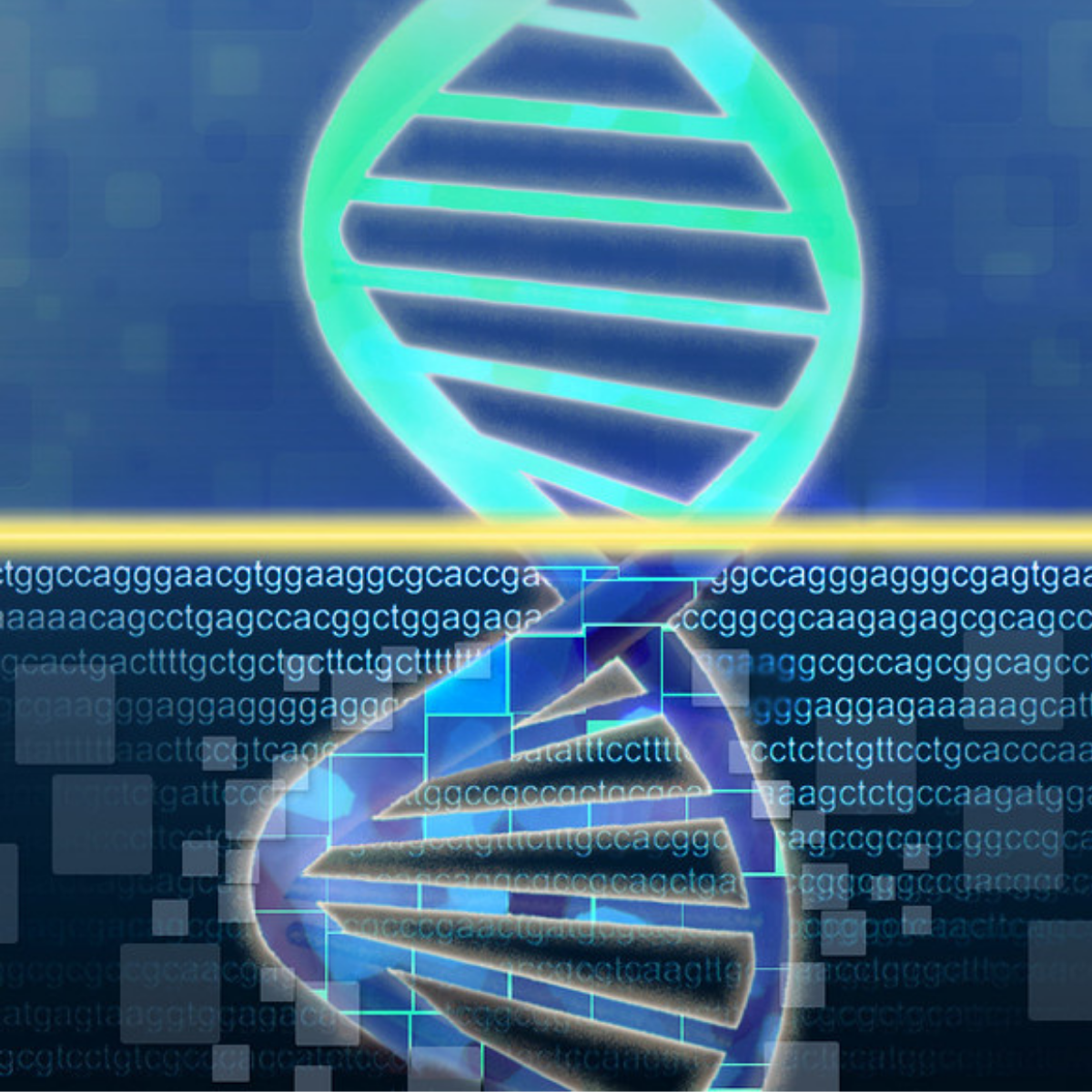We delve into the history of the war of ideas between Weldon and Bateson, and its knock-on impact on the science of heredity all the way through the 20th century to today
All in History of genetics
Larry Moran: What’s in your genome?
If less than two per cent of your genome is actual genes, then what’s the rest? Is it just junk?
Going round in circles: The story of extrachromosomal DNA
While most of an organism’s DNA is packaged into chromosomes, that’s not the whole story.
Nature’s genetic engineers
Some organisms don’t stick with the genome they’ve got they alter it along the way through programmed chromosome elimination and genome editing.
Jim Costa: Alfred Russel Wallace, a radical by nature
Professor Jim Costa, author of ‘Radical by Nature’, tells us about the extraordinary life of Alfred Russel Wallace and how this Victorian naturalist shaped our views on evolution.
Matthew Cobb: What role did Rosalind Franklin really play in the discovery of the DNA double helix?
Matthew Cobb, science author and Professor of Zoology at the University of Manchester, has been re-evaluating the role of Rosalind Franklin in the discovery of the structure of DNA.
Cordelia Langford: The stories behind the sequencing
Cordelia Langford is the Director of Scientific Operations at the Wellcome Sanger Institute. Her career has spanned the early days of DNA sequencing to the Human Genome Project and today’s industrial-scale genomic pipelines.
Could your DNA become art?
Discover how bio-inspired artists Paul Vanouse and Heather Dewey-Hagborg are incorporating DNA into their work.
CSI Renaissance: DNA from Da Vinci, Beethoven and Van Gogh
Researchers are uncovering the secrets of legends like Da Vinci, Beethoven and Van Gogh by sequencing DNA from historical artefacts and living relatives.
Faking it: Using DNA to authenticate art
Modern-day DNA technology is helping to solve the ancient problem of art forgery.
Alison Woollard: Gregor Mendel - the man, the myth, the legend
Professor Alison Woollard from the University of Oxford shares some of the less well-known stories about Gregor Mendel, the forefather of genetics
Are you more special than an onion?
As the only species that has been able to evolve to a point where we can read our own genetic code and start asking big questions about how it works and how it makes us who we are, we can perhaps be forgiven for thinking that the human genome is still pretty darn amazing – certainly more special than a onion. But is it true?
Where have all the genes gone?
After a decade of work and billions of dollars, the first draft of the human genome was assembled in 2001. But for all the claims that we had finally unlocked the secrets of human biology and were setting off into a new era of gene-driven medicine, there was one rather glaring issue with this genomic book of life: where were all the genes?
Genes or junk?
Actual genes make up less than 2% of all the DNA in the whole human genome. So what’s all the rest? Is it just junk? The exact quantity and function of all this non-coding DNA is still a hot topic in the world of genetics, and – like the exact number of genes – seems to depend on how you measure it and who you ask.
Jennifer Raff: A Genetic History of the Americas
Jennifer Raff discusses her new book, Origin: A Genetic History of the Americas, telling the story of how humans first populated the American continents.
Matthew Jarron: the life of D'Arcy Thompson
Matthew Jarron, curator of the D’Arcy Thompson Zoology Museum, tells us the story of this geneticist’s extraordinary life.
Adam Rutherford: Control - The Dark History and Troubling Present of Eugenics
Adam Rutherford discusses his new book, Control: The Dark History and Troubling Present of Eugenics, plotting the history of the eugenics movement, from its early days through to today.
The future of DNA sequencing
We discover how scientists are still creating new ways to read the book of life, from popping DNA through nanopores to sequencing DNA inside cells
The birth of DNA sequencing
We explore the earliest days of DNA sequencing in the 1970s
DNA sequencing: the next generation
From pyrosequencing to sequencing by synthesis, we look at the development of next generation DNA sequencing technologies




















